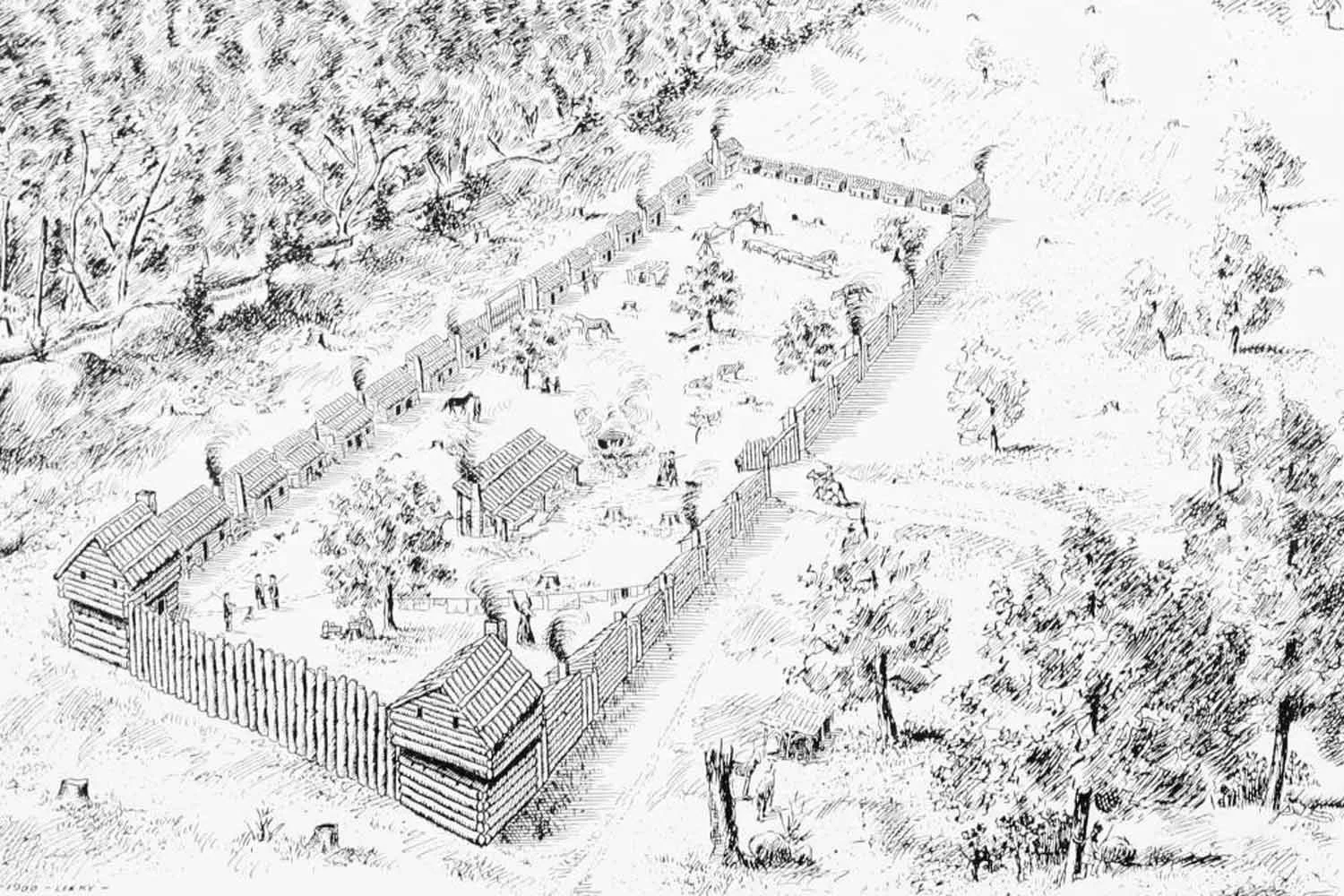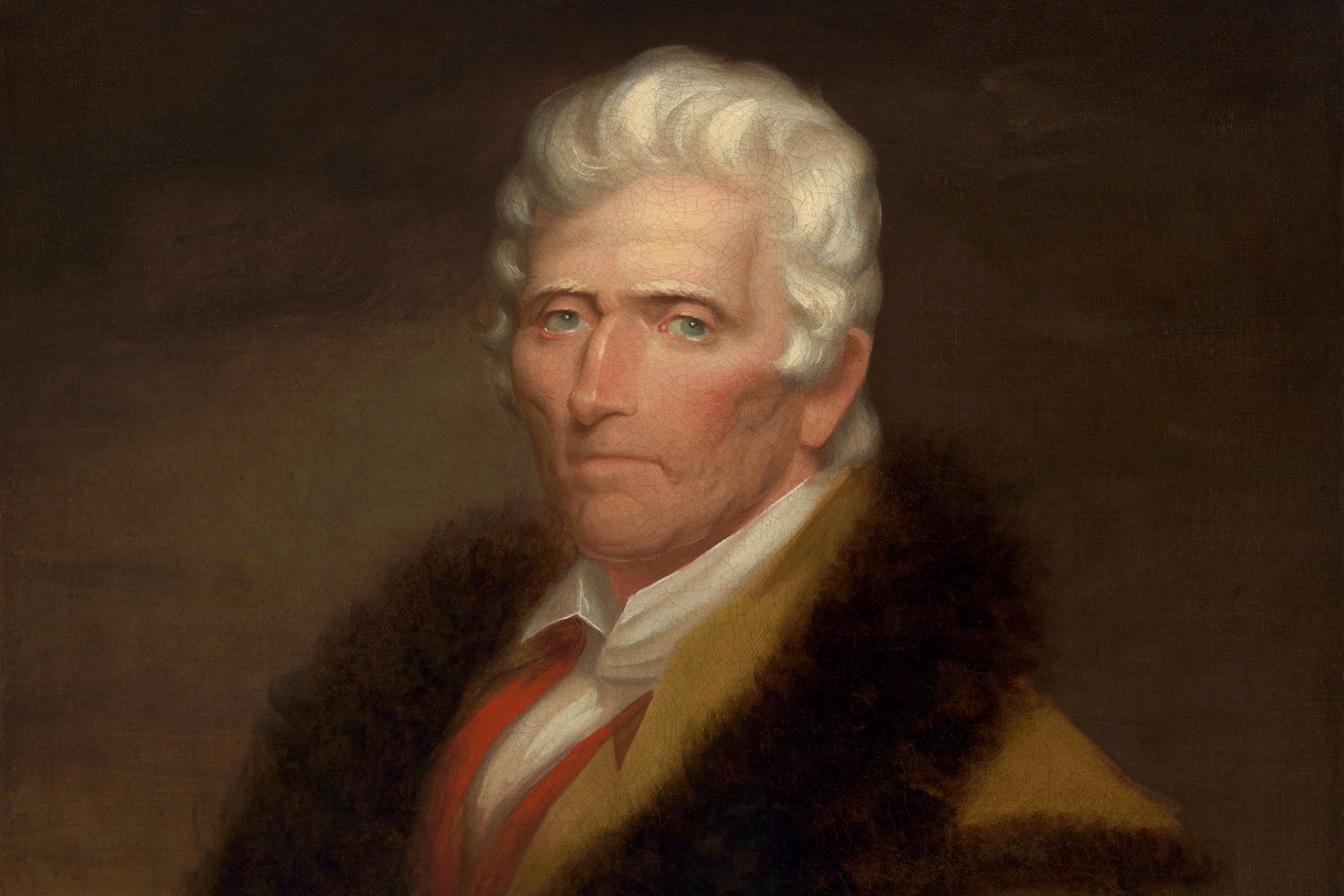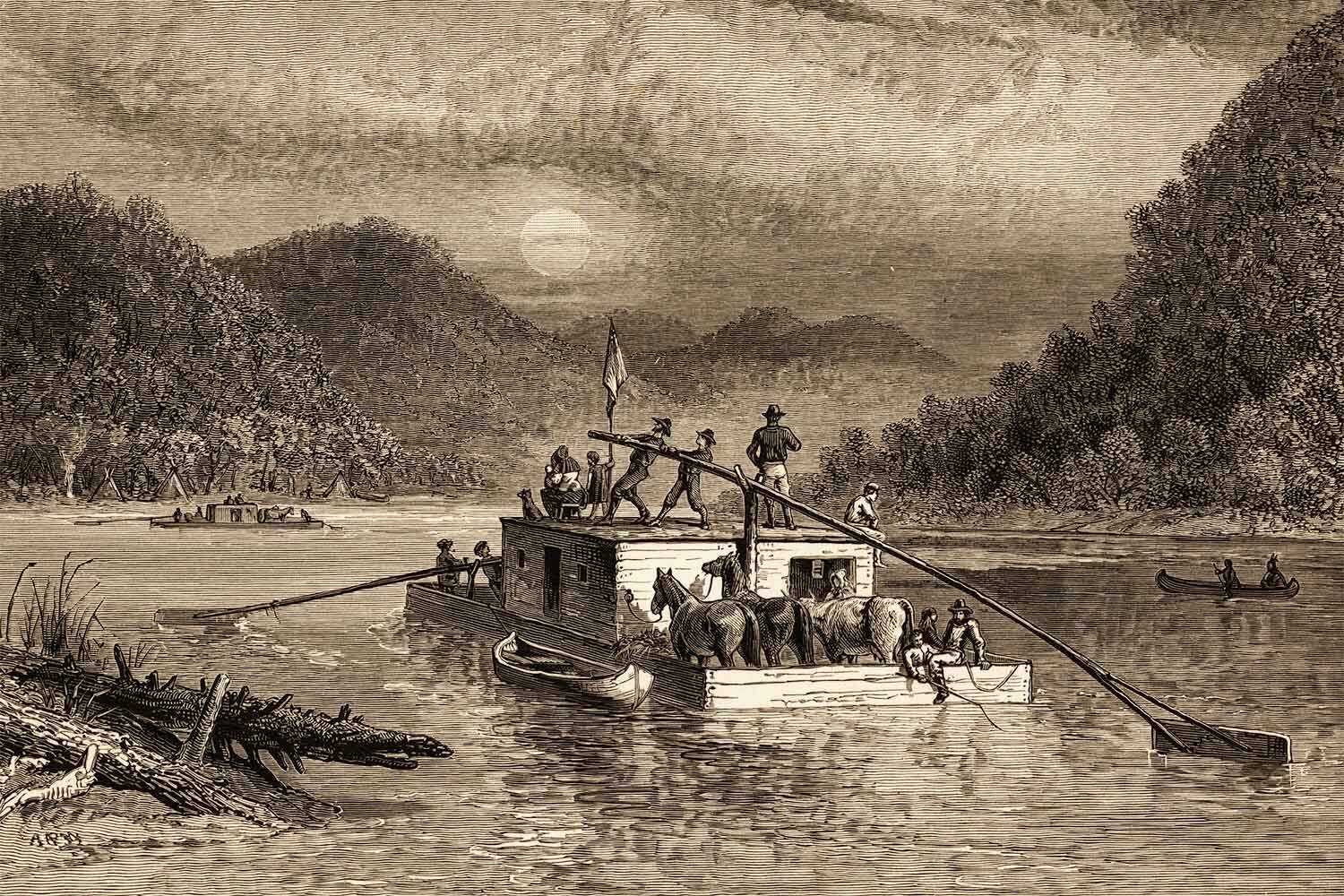America Looks Westward
Americans have always had a yearning to move west and discover new lands. Along the way, our ancestors had to overcome many daunting natural barriers, the first of which was the Appalachian Mountains. The Wilderness Road through the Cumberland Gap was our nation’s first pathway through this formidable range.
The Appalachians run from New York to Alabama and formed an imposing obstacle to east-west travel during our nation’s founding era. Along its 1,500-mile face, there were only three places where animal assisted travel could penetrate the mountains: the Gaps of the Allegany in west-central Pennsylvania, the Cumberland Narrows in western Maryland, and the Cumberland Gap at the junction of Kentucky, Tennessee, and Virginia.
As the immigrant tide from Europe increased in America in the 1700s, many of the newcomers headed for the unclaimed lands to the west. They traveled from Pennsylvania to western North Carolina by going up the Shenandoah Valley along the Great Wagon Road, a centuries old Indian path also known as the Great Warrior’s Trail.
However, here they were stymied by the seemingly impassable Appalachian Mountains, with heights surpassing 6,000 feet. The pioneers needed to find a gap, or low point, in the ridgeline that was traversable by wagons.
In 1749, Thomas Walker, a physician and explorer from Virginia, and others formed the Loyal Land Company, a group organized to speculate on land in western Virginia (Kentucky). The next year, the company received a grant of 800,000 acres from the British Crown just across the Appalachians.
Walker soon led five men on a journey through a mountain gap that had been a main east-west avenue for both Native Americans and huge herds of woodland bison for centuries. Walker dubbed this spot the Cumberland Gap after the Duke of Cumberland, son of King George II.
Discouraged by the rough terrain, Walker’s party turned back but the account of his journey sparked even more interest in the “over mountain” territory.
However, this desire of the colonists to migrate west, farther from Royal control, alarmed officials in England. To control the growth of his North American colonies and to appease his Indian allies west of the Appalachians, King George issued his Royal Proclamation of 1763 which forbid expansion west of that range. But the King underestimated the American thirst for land.
By the end of the 1760s, daring explorers like Daniel Boone and Joseph Martin had made numerous treks into the Kentucky wilderness. Their tales increased the pressure to create a roadway to this bountiful area.
In 1775, Richard Henderson, a judge from North Carolina, and a group of investors called the Transylvania Company purchased 20,000,000 acres from the Cherokee Indians for 10,000 pounds of goods. Here, they hoped to create the Colony of Transylvania as America’s fourteenth colony.
They hired Boone, the man with the most knowledge of the trans-Appalachian region, to blaze a trail from existing settlements in western North Carolina to this new land. Boone and his 35-man crew chopped and hewed their way for 200 difficult miles through the dense woodlands.
George Washington Ranck. “Fort Boonesborough. Just before Celebrated Siege of September, 1778.” Wikimedia.
They began at Long Island on the Holston River near present-day Kingsport, Tennessee and headed southwest through northern Tennessee. They then turned northwest through the Cumberland Gap and into Kentucky, eventually reaching the beautiful Kentucky River where they established Boonesborough.
Boone’s Trace, later dubbed the Wilderness Road, began as a crude, narrow path but was soon improved to a thoroughfare able to accommodate countless wagons of American pioneers. The flood of immigrants soon began.
Unfortunately, these brave men and women did not have it easy. Cherokee, Chickamauga, and Shawnee Indians contested the entry of these pioneers onto their ancestral lands. From 1776-1794, the Native Americans conducted a series of battles and raids against the newcomers known as the Cherokee-American or Chickamauga Wars.
Many newcomers lost their lives to the Natives, and others to the harsh conditions found in this primitive territory. In 1784 alone, over 100 settlers died while traveling on the Wilderness Road.
However, these hardy, land-hungry Americans were not to be put off. By 1792, thousands of pioneers had already traversed the Wilderness Road and settled in the area. That year, the state of Kentucky was created and admitted to the Union as our fifteenth state.
Next week, we will talk about Americans heading west on the Wilderness Road and settling Kentucky. Until then, may your motto be “Ducit Amor Patriae”, Love of country leads me.





As a boy growing up in Virginia, Thomas Jefferson listened to his father tell captivating stories of the pristine wilderness beyond the Appalachian Mountains and dreamed of what opportunities lay in the uncharted lands of North America. As Jefferson grew to manhood, he became a proponent of national expansionism, recognizing that the future greatness of the country lay outside the original thirteen colonies.